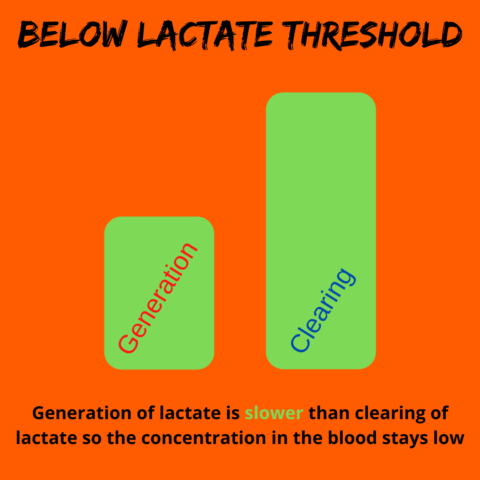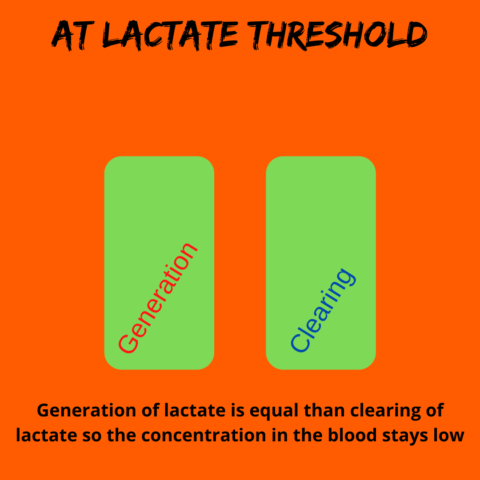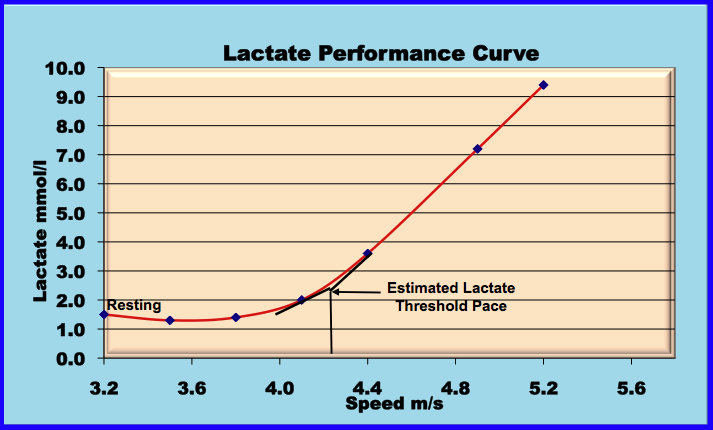Subscribe to The Adaptive Zone Podcast…
Hi Matthew,
I have two questions for you that I hope you could try to answer, both relating to two different friends of mine.
1. When analyzing the heart rate of my one friend, I see that her heart rate shoots up to Zone 5 within minutes at the start of her runs. She stays in zone 5 for the duration of her runs unless she starts walking. This is despite running at a slower (fairly comfortable) pace. In February she completed a half marathon and she spent 90% of the run in zone 5 with an average heart rate of 174 bpm. What type of training would you prescribe to improve this and allow her to run longer and keep her heart rate lower?
(Her half marathon time was 2:34:45 (and her HR was above 167bpm for 2 hours 28 minutes of that)
2. Another friend of mine has started running again after 6 months off. He is struggling a bit with shin splints. How much running can he do to help him improve his fitness, without the risk of overdoing it and causing more serious damage? What advice would you have for him?
Thank you for taking the time to assist. I look forward to hearing from you.
Kind regards,
Warren Grobler
Would you like your running or triathlon questions featured in a future episode?
Just click the button to leave me a voicemail…
High Heart Rate when Running
We’ll tackle this one in four parts (I’ll talk directly to your friends Walter, as it will be easier to write). Here’s the plan…
- Check for bad Heart Rate Data
- Rule out a Medical Issue
- Determine Lactate Threshold from Lab Test
- Determine Lactate Threshold from Race Pace
- Determine Lactate Threshold from Fitness Test
Check for bad Heart Rate Data
Most heart rate issues are actually just technology issues. To get accurate heart rate data we must use a chest strap. A wrist-based heart rate monitor is likely to give bad data as they wiggle around too much with running. These will pick up extra beats. It’s also worth noting that extremely cold temperatures will give bad data from a wrist-based heart rate monitor.
So first thing is first, use a chest strap.
Rule out a Medical Issue
If we are confident in the heart rate data then these are unusually high heart rate readings. It’s surprisingly common for people to have a very high heart rate while exercising that causes them absolutely no issue. However, that’s for a doctor to decide.
Go check in with your Family Physician and explain the issue. They may refer you for further testing or specialist review.
Why do we care about Training Zones?
Once we have ruled out a mechanical or medical issue then we are happy to accept you as someone who just has a high heart rate when running. Now, we know that we can’t use the old “220 minus your age” as it clearly doesn’t apply to someone running an unusually high heart rate. But why do we even care about heart rate zones, or even pace zones?
Heart Rate Zones are actually just a proxy for lactate accumulation in the blood. The Lactate Threshold is the point at which lactate will accumulate faster than it can be cleared. Above that point the clock is ticking and you will be unable to continue more than about an hour. Below that point you can go for hours. So Half Marathons are run at an intensity below the lactate threshold (unless your marathon PR happens to be less than 1 hour). Try and run them above your lactate threshold and you are destined for a DNF.
Meaning the heart rate is not important, it’s where we are in relation to our lactate threshold that’s important. Above the lactate threshold and you wont finish a half marathon. Too far below it and you will finish slower than you need to.
The same goes in training. If you’re supposed to do your weekend long run in zone 2 (on a 5 zone system) then doing it in zone 1 or 3 will not produce the training effect you are going for. If your hill repeats are supposed to be in zone 5, doing them at a zone 4 intensity will be less effective.
Read more about Training Zones
However, the metric that determines where the zones are is the Lactate Threshold, not the max heart rate or the resting heart rate. It is the accumulation of lactate that is the governing factor, not how fast the heart is beating.
So what we really need to know is the Lactate Threshold Heart Rate. We’d also like to know the Lactate Threshold Pace while we’re at it.
Determine Lactate Threshold from Lab Test
Now, if you have loads of spare cash then this is definitely the way to go. Just do a bit of Google searching and find a lab doing lactate threshold testing. It wont be cheap, but it will be very accurate. The only trouble is, it’s a good idea to re-test your lactate threshold every 4-8 weeks. As you train and age, your physiology changes and so does your lactate threshold.
For the lactate threshold test, the science nerds will have you run at a slow pace on a treadmill and draw blood at regular intervals. They keep speeding up the treadmill until you collapse or fall off. Once you have collected yourself, you all gather round to review the data.
They plot the concentration (amount) of lactate in your blood on a graph against the pace you were running. When you’re running slowly, you are able to clear lactate from the blood as fast as it accumulates. As you speed up it’s hard to clear it because it’s being generated quicker. Once it is being generated quicker than you are clearing it then it will start to accumulate faster and faster. The concentration will rise and rise.
That’s the Lactate Threshold Pace.
They will also be keeping track of your heart rate throughout the test. They can plot a similar graph of the lactate vs heart rate. The point at which the blood lactate starts to spike is the Lactate Threshold Heart Rate.
As I mentioned, this is very accurate but very costly. There are some other “low-fi” ways to work out the lactate threshold heart rate and pace.
Determine Lactate Threshold from Race Pace
We have a recent finish time for the half marathon, so let’s use that to work out your pace for the half marathon. We can use a pace conversion chart to do this.
Half Marathon Pace
7:19 min/km
Now we need to know what pace zone you were in during the half marathon. To work that out we can put your half marathon finish time into the 80/20 zone calculator.

We can see that your half marathon pace (7:19) falls near the bottom of zone 3 (6:51 being the top). This makes sense, half marathon pace should be below the lactate threshold pace, which should be at the top of zone 3. That’s why the top of zone 3 is called Threshold Pace.

Threshold Pace
6:51 min/km
Using a pace conversion app we can work out your threshold speed, which was 8.8kph. Your half marathon speed was 8.2kph. Making your half marathon speed 93.2% of your threshold speed.
We know your average heart rate during the half marathon was 174bpm and we now know you were running at 93.2% of your threshold. If 174bpm is 93.2%, then 100% is 187bpm (aka Threshold Heart Rate).
Threshold Heart Rate
187bpm
This is an unusually high threshold heart rate (it’s similar to my max heart rate!). However, if the heart rate data we have at hand is correct, it should be a fairly accurate estimate.
Now we know the threshold heart rate, we can plug that into any heart rate zone calculator to get the heart rate training zones.



Determine Lactate Threshold from Fitness Test
We have a few options if we want to estimate our lactate threshold using Field Tests or Fitness Tests.
1 hour time trial
Average HR and pace will be lactate threshold
30 min time trial
Start tracking app or watch after 10 minutes
Average HR and pace for final 20min will be lactate threshold
20 min time trial
Lactate threshold is 95% of average HR and speed (kph)
Convert the average speed to average pace using a conversion app or chart
3 min time trial
Average HR and pace for last 45 seconds is the lactate threshold
Recent Race Result
Enter a recent race result into a Threshold Pace Calculator to get your threshold pace
Run at lactate threshold pace for 10 minutes
Average HR is lactate threshold heart rate



